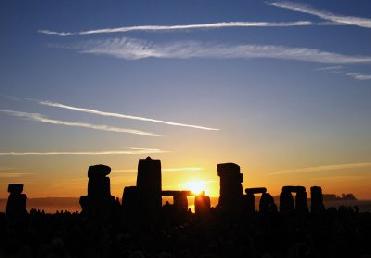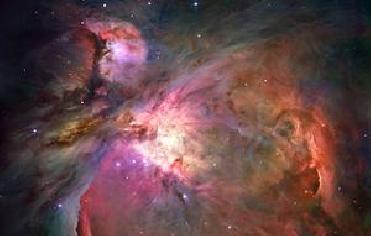
Summer Solstice, Stonehenge, England 2006.
NEW DELHI (PTI): Monday is the longest day of the year and some school students plan to visit the nearly 300-year-old observatory Jantar Mantar to conduct astronomical experiments.
Science Popularisation Association of Communicators and Educators (SPACE) is organising a 'Khagol Mela' (Astronomical Fair) at the eighteenth century monument to educate people about the summer solstice, when the earth's axis tilts towards the sun.
Jantar Mantar, in the heart of the city, was built in 1724 by Maharaja Jai Singh II of Jaipur.
Solstice, a term derived from Latin words sol, meaning sun, and sistere, which means to stand still, is an astronomical event which occurs twice a year, when the tilt of the earth's axis is most inclined towards or away from the sun, SPACE President C B Devgun told PTI.
This causes the sun's apparent position in the sky to reach its northernmost or southernmost extreme, so the Northern Hemisphere points directly towards the sun while the Southern Hemisphere points directly opposite the sun, he said.
The solstice occurs in the Northern Hemisphere on June 21 at 16:58 PM, Devgun said.
This results in the longest day in the Northern Hemisphere, and, at the same time, it's the longest night in the Southern Hemisphere, he said.
The sun will rise in the capital on Monday at 5:24 AM and will set at 7:22 PM, marking a 14-hour-long day.
Students from various schools would perform experiments such as measuring the sun's angle during noon and finding declination of the sun using the Jai Prakash Yantra, an invention of Maharaja Sawai Jai Singh, at Jantar Mantar, Devgun said.
 Next Article
Next Article











The Indian Air Force, in its flight trials evaluation report submitted before the Defence Ministry l..
view articleAn insight into the Medium Multi-Role Combat Aircraft competition...
view articleSky enthusiasts can now spot the International Space Station (ISS) commanded by Indian-American astr..
view article